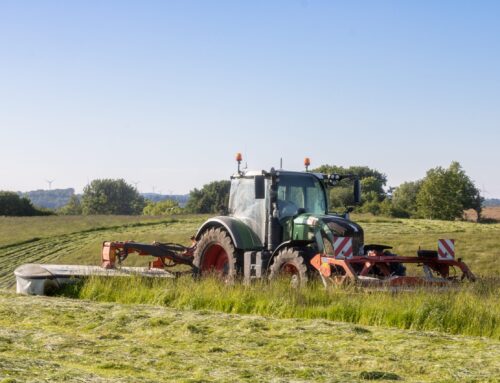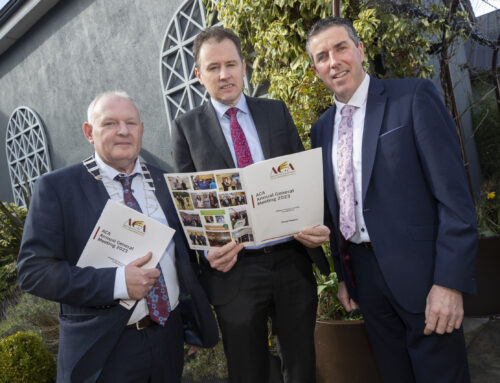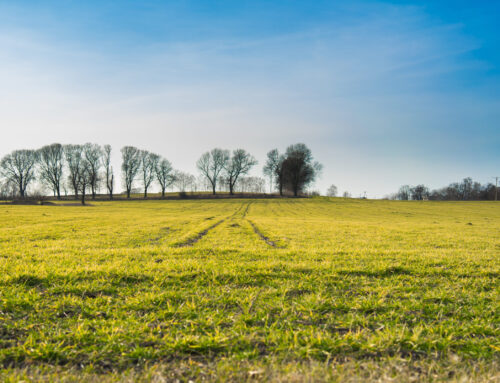1. Accounting for the operational scale of Irish family farms
The logical starting point for a vision and strategy that aims to ensure the family farm’s future is the operational size of those farms.
Given that land rarely changes hands, it is expensive when it does [bought or rented], and that the already small farms are fragmented, land access should be the paramount concern.
Simply, no amount of tax-based incentives is going to create sufficient market fluidity to enable farm growth to facilitate scale-based competitiveness.
Farm size means that Ireland should avoid all direct competition with market players who enjoy major scale advantages.
A few larger farms are developing, but one swallow doesn’t make a summer and the few cannot influence the overall cost-based market competitiveness of Irish farm produce.
2. Farm business objectives and farm management strategy
There is very little account taken of the farmer or farming family’s objectives. The farm is often part-time with household incomes supported by external income. De facto, it is accepted that the preservation of the family farm as a residential home is paramount.
Often the farming is secondary with labour and management time devoted accordingly. It is a widespread situation and it explains why so many apparently inefficient farms survive.
They are not kept in business by family cross-subsidisation, and knowingly so. It is a frustration for those who champion ‘efficiency’ but the farms are efficient, when judged against the objectives of the farming family.
What needs to be remembered is that it is they who control the land. A vision of the future must encompass an understanding of the landowners’ objectives.
3. Too much is based upon partial farm business costings
It is a nuanced farm business point, but the practice of highlighting only partial costs when promoting production systems has been a common one. It is has had serious consequences.
The approach has highlighted how ‘efficient’ the artificial-nitrogen-fed ryegrass sward as a means to producing low-cost ruminant feed.
Nonetheless, it is only low-cost if looked at in isolation of the farm’s fixed costs like land, labour, machinery and buildings.
A full-cost assessment often provides a different answer. The approach has also led to very significant production seasonality with all that such entails for the farm’s fixed resources. Full-cost evaluation is an absolute necessity.
Further, the seasonality created by focusing upon on-farm, grass-production variable costs has led to massive over-investment in milk-processing stainless steel, low processing capacity usage, and serious constraints upon product choice.
Also, the farmer-owned cooperatives have invested in the ‘heavy-lifting’ of primary processing to match on-farm production seasonality that produce ingredients and commodities which others further process into consumer-facing products.
Consumer-facing products are where the ‘cream’ is. The whole strategic direction of Irish dairy farming has seriously inhibited its own farm-gate price potential. It is a consequence that will now take 10 to 20 years to rectify.
4. The market focus of Irish family farming’s produce
The lack of farm scale is exacerbated when the farm sells into commodity markets or to primary processors who sell commodities. This is commonplace for Irish family farms.
The massive farmer-owned milk-processing investment that has recently embedded this situation is extraordinary. Beyond dairy, tillage farms who supply feed to those who produce commodity milk [or meat] are likewise caught in a low-value supply chain.
Efforts are made to enhance the value of produce by developing ‘Brand Ireland’. They are backed by quality assurance schemes.
This is an approach that can only raise the bar slightly. It will have little impact upon farm-gate prices or farm incomes. When any premium price does occur from this it will probably be negated by the above impacts of seasonality.
Family farm viability needs enhanced farm gate prices, period. It will only come through product differentiation that starts from inside the farm gate.
This must be linked to the ‘terroir’, to the land. It is all about working within designated-origin-product supply-chains. It is the Continental approach to regenerating family farms and it is one that Ireland must begin to adopt.
This is part of an article written by Stuart Meikle titled ‘It is time for a ‘family farm first’ vision’ that featured in the October issue. Contact us if you are interested in more.





